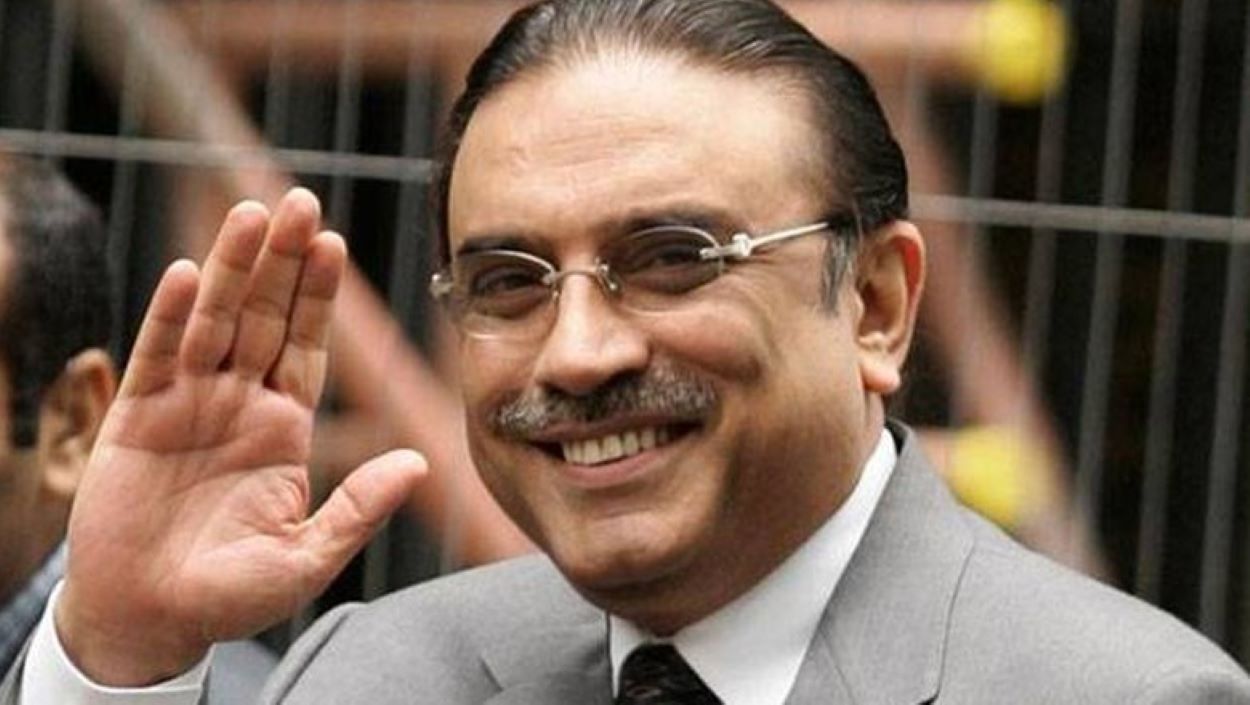The political landscape of Pakistan is set for a significant transformation as the PPP, PML-N, and other parties have aligned to establish a coalition government at the Centre, potentially marking Asif Ali Zardari’s return as president for a second term.
This development follows the announcement of a six-party alliance, including PML-N, PPP, MQMP, PML-Q, IPP, and BAP, echoing the collaborative governance model of the Pakistan Democratic Movement (PDM) era.
Strategic Alliances and Political Maneuvering
At a press briefing held after a meeting at PML-Q President Chaudhry Shujaat Hussain’s residence, former president Zardari confirmed the formation of the next coalition government. Initially, PPP chief Bilawal Bhutto Zardari stated his party’s support for a PML-N prime ministerial candidate without direct involvement in the federal government. However, discussions regarding key constitutional positions unveiled PPP’s ambition for Zardari to assume the presidency, citing his capability to navigate the country through its current challenges.
Sources suggest that the PPP, eyeing the Balochistan chief minister role, has also negotiated support for Zardari’s presidential bid in exchange for backing Shehbaz Sharif for the prime minister’s office. This mutual endorsement could lead to a government led by PML-N’s prime minister and PPP’s president amidst claims by PML-N’s Rana Sanaullah that PPP did not explicitly demand the presidency. Sanaullah highlighted Shehbaz’s collaborative governance experience and Zardari’s strategic decision-making prowess, expressing hope for JUI-F chief Fazlur Rehman’s inclusion in the government.






